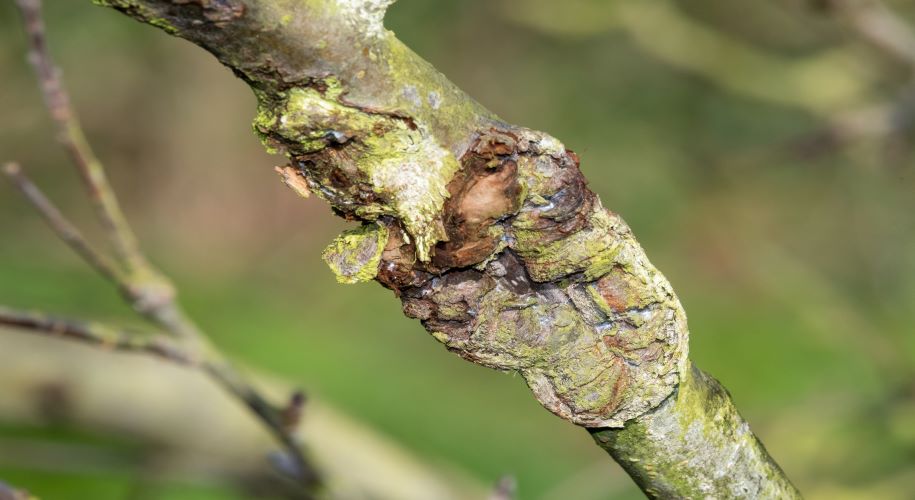
Canker Disease: What You Need To Know
Canker disease is a fungal or bacterial infection that can occur in trees. The fungi that cause this disease naturally inhabit the bark face of a tree making it a widespread issue. Wet, hot, and humid weather greatly increases the breeding of disease in trees and shrubs. As a result, this disease is a common and incredibly destructive.
Cankers are a serious threat to your treescape because they effect a large variety of species and the disease requires more than simple maintenance. According to The Morton Arboretum, some of the more common cankers are the Cytospora canker, found on spruce, pine, poplars, and willows; Phomopsis canker, found on juniper, Russian olive, Douglas-fir, and arborvitae; and Nectria canker, found on honey locust, oak, and maple.
Canker disease usually starts with trauma to the tree, this can occur during pruning or weather damage. The ‘canker’ is a sore often associated with a sunken area that has become infected by fungi or bacteria. The injured area is often discolored, surrounded by callus tissue, and sometimes seeps resin. These cankers restrict water and nutrient movement and weaken branches.
Beyond the physical canker symptom, foliage may also turn brown on effected branches. Canker disease can also cause leaves to grow smaller and it can affect the vascular system of your tree. Over time, these issues can lead to branch dieback and may ultimately kill the tree.
Canker diseases has severe negative effects and can be hard to treat. However, it can be controlled if diagnosed early and action is taken. It is strongly recommended to call a professional when it comes to tree care and disease.
Let one of our ISA certified arborists evaluate your trees and landscape to recommend the best course of action.
Get a Quote
Looking for expert tree care? Fill out the form below and we’ll be in touch!
Looking for expert tree care?

